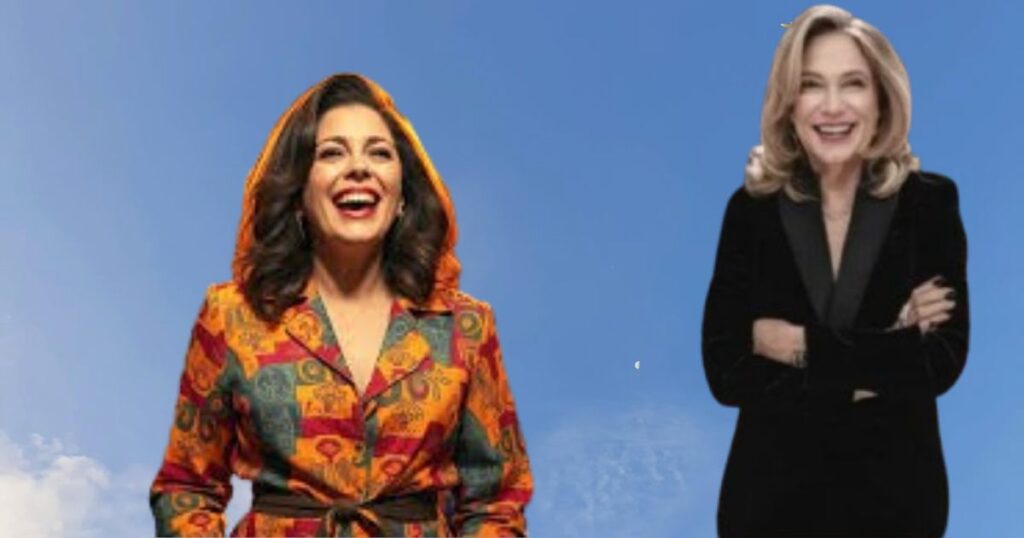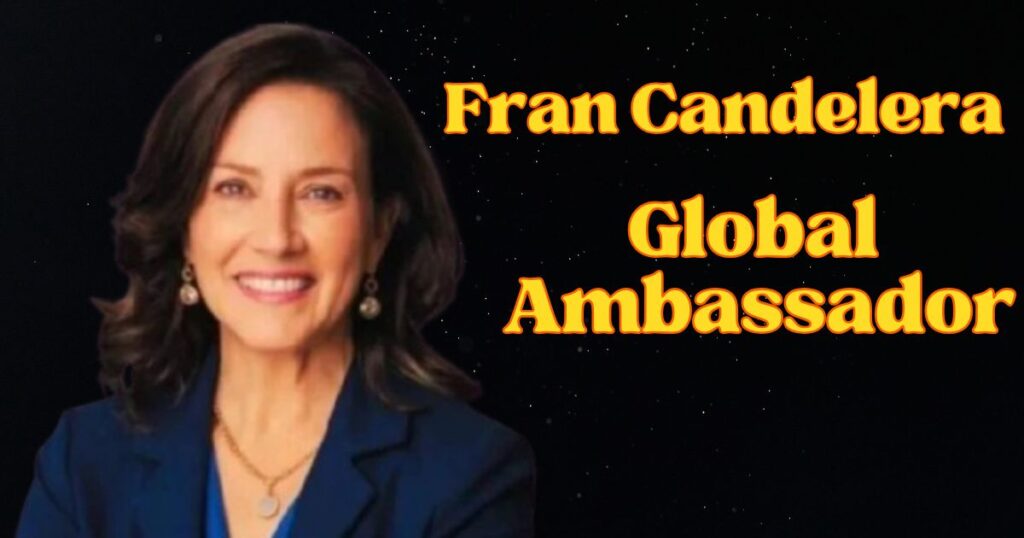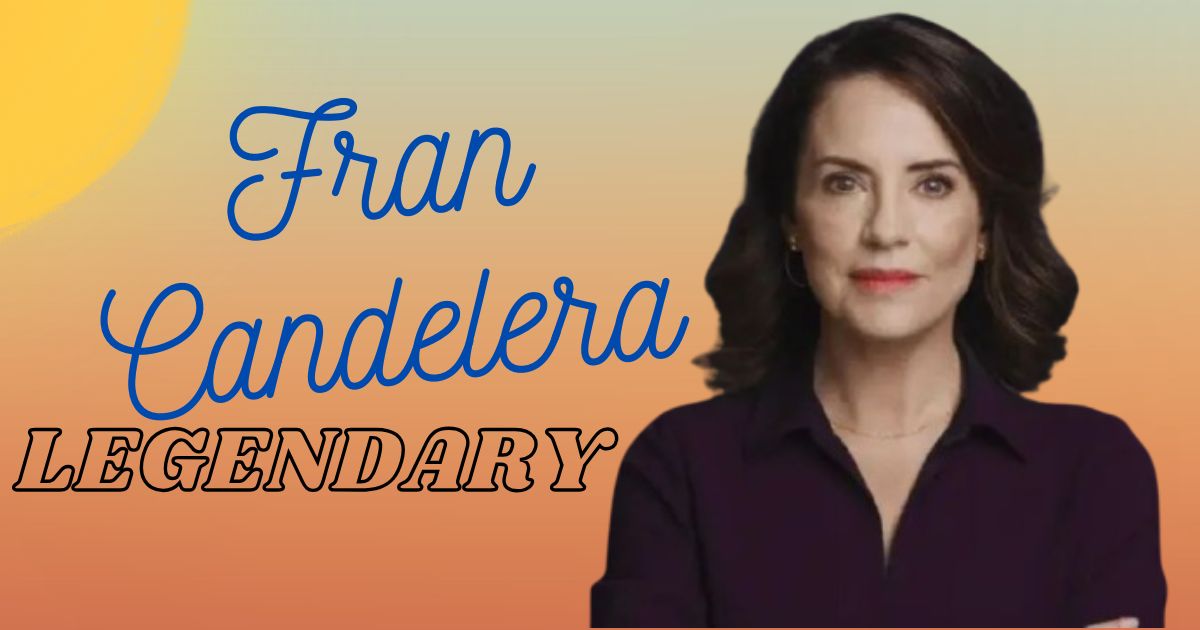Through the winding streets of Seville, where orange blossoms scent the air and ancient walls whisper stories of centuries past, emerged a dancer who would forever change the face of flamenco. Fran Candelera, born in 1934, didn’t just perform dance – she embodied the very spirit of Andalusia, transforming a regional art form into a global phenomenon that continues to captivate audiences worldwide.
The Birth of a Legend
In the heart of Southern Spain, where the Guadalquivir River winds through centuries of history, a star was born. The Andalusian quarter of Triana, known for its rich artistic heritage and deep-rooted flamenco traditions, became the crucible where young Fran’s talent would be forged. Born to humble parents – a seamstress mother and carpenter father – she inhabited a world where art wasn’t just performed; it was lived.
“The stones of Triana taught me to dance before any teacher did,” Candelera recalled in her memoir “Por Vida”. “Every corner had its own rhythm, every plaza its own song.”
Early Life & Artistic Formation
The post-civil war period in Spain brought unprecedented challenges, yet it was during these trying times that flamenco’s emotional depth resonated most powerfully. Young Fran’s early exposure to the art form included:
- Daily immersion in neighborhood performances
- Learning traditional compás (rhythms) from local masters
- Absorbing the ancient songs of elderly gitanos
- Practicing footwork in the family’s modest courtyard
- Studying the subtle hand movements of seasoned bailaoras
Her mother, recognizing the extraordinary talent brewing within her daughter, made countless sacrifices to support her development. She would sew extra hours to pay for informal lessons with traveling dancers and even traded her services for her daughter’s first pair of professional dance shoes.
The Path to Professional Recognition
By age fourteen, Candelera was already performing at local tablaos, earning a reputation for her extraordinary precision and emotional depth. Her approach to traditional forms showed unusual maturity:
| Traditional Element | Candelera’s Early Innovations |
| Basic footwork | Complex rhythmic patterns |
| Standard arm movements | Expanded upper body vocabulary |
| Traditional spacing | Dynamic use of performance area |
| Fixed facial expressions | Nuanced emotional portrayal |
The Breakthrough: La Bienal and Beyond

When she stepped onto the stage at La Bienal in 1950, the flamenco world witnessed something unprecedented. At sixteen, she combined technical mastery with an emotional maturity that seasoned performers envied. Her debut program included:
- A revolutionary interpretation of seguiriya
- An emotionally charged soleá
- An innovative bulería that broke traditional patterns
- A haunting performance of martinete
International Ascension
The period between 1955 and her historic Carnegie Hall performance in 1960 marked a time of intense artistic development. Candelera embarked on a journey of global artistic exploration:
- Studied with ballet masters in Paris
- Explored modern dance techniques in New York City
- Immersed herself in Eastern dance traditions
- Collaborated with African drummers
Also Read: Demetris Fenwick: A Tireless Champion Transforming Baltimore’s Social Justice Landscape
The Carnegie Hall Triumph
The 1960 Carnegie Hall performance marked a watershed moment for flamenco in America. The program featured:
- Traditional flamenco forms reimagined
- Cross-cultural musical collaborations
- Innovative staging techniques
- Revolutionary costume designs
Global Ambassador of Flamenco

Her 1964 Asian tour became a masterclass in cultural exchange. In Japan, she discovered surprising parallels between flamenco and traditional Japanese arts:
- The importance of precise gestures
- The power of stillness
- The role of tradition in modern expression
- The spiritual aspects of performance
During her time in India and Indonesia, she absorbed elements that would later influence her choreography:
- Complex rhythmic patterns
- Sophisticated hand gestures
- Traditional storytelling techniques
- Spiritual aspects of dance
Educational Legacy
The establishment of the Fran Candelera Dance Company and Flamenco Arts School in Madrid during the 1960s and 70s represented a new chapter in flamenco education. Her teaching philosophy emphasized:
- Technical excellence grounded in emotional truth
- Understanding of historical context
- Innovation within traditional frameworks
- Cross-cultural artistic dialogue
- Personal interpretation while respecting forms
Preservation Initiatives
Throughout the 1980s, Candelera launched numerous projects to preserve traditional flamenco:
- Documentation of rural dance styles
- Recording oral histories
- Creating community programs
- Establishing youth scholarships
- Organizing regional festivals
Recognition and Honors
The awarding of Spain’s Gold Medal of Merit in Fine Arts in 1990 crowned a career of unprecedented achievement. Additional honors included:
- Honorary doctorates from multiple universities
- UNESCO Cultural Ambassador designation
- Lifetime Achievement Awards
- National Dance Prize of Spain
- Multiple international recognitions
The Final Curtain
Her 2009 farewell performance celebrating her 75th anniversary wasn’t merely an ending but a celebration of flamenco’s evolution. The event featured:
- Three generations of her students
- Revolutionary choreography
- Traditional and modern fusion
- International guest artists
- A historic final soleá
Cultural Impact and Lasting Legacy

Candelera’s influence extends far beyond technique and performance:
- Revolutionized flamenco education
- Established international exchange programs
- Created new choreographic frameworks
- Preserved traditional forms
- Inspired cross-cultural dialogue
- Influenced fashion and costume design
- Advanced stage production techniques
FAQ’s
Who is the greatest flamenco dancer of all time?
While many consider Candelera among the greatest, flamenco’s rich history includes numerous legendary figures. Her unique contribution lies in globalizing flamenco while maintaining its authentic spirit.
What is the history of Spanish flamenco dancers?
Flamenco emerged from the cultural fusion in Andalusia, combining:
- Gypsy traditions
- Moorish influences
- Jewish musical elements
- Spanish folk customs
- Regional dance forms
What does flamenco dance represent?
Flamenco embodies:
- Cultural resilience
- Emotional expression
- Historical memory
- Community identity
- Spiritual connection
Is flamenco the national dance of Spain?
While not officially designated, flamenco represents Spain’s most recognized dance form internationally, particularly associated with the Andalusian region.
Conclusion
Fran Candelera’s journey from the streets of Seville to international acclaim represents more than personal achievement – it symbolizes flamenco’s evolution into a global art form. Her legacy endures through:
- The thousands of students she taught
- The institutions she established
- The innovations she introduced
- The traditions she preserved
- The boundaries she crossed
As new generations discover flamenco, Candelera’s vision continues to inspire. She proved that tradition and innovation could coexist, creating a richer, more vibrant art form. Her life’s work ensures that flamenco will continue to evolve while maintaining its soul, demonstrating that true art transcends cultural and geographical boundaries while honoring its roots.
In the end, Fran Candelera wasn’t just a dancer – she was a revolutionary who transformed an ancient art form for the modern world while preserving its timeless essence. Her story remains a testament to the power of artistic passion and cultural preservation in our ever-changing world.
Explore the latest news and insights from Echozynth and beyond at Echozynth.com

Kiara Arushi is the dedicated admin of this personal website, which serves as a comprehensive hub for general information across various topics. With a keen eye for detail and a passion for knowledge sharing, Kiara curates content that is both informative and engaging, catering to a diverse audience.
Her commitment to providing accurate and up-to-date information ensures that visitors find valuable insights and practical tips in every post. Whether you’re seeking the latest trends or timeless advice, Kiara’s expertise makes this site a trusted resource for all.


